Background
It’s been a while since I listened to any Harbeth loudspeakers (ok, it’s been decades!) but I recently had opportunity 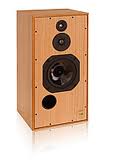 to take delivery of their Super HL5 stand mount speaker, the largest in the so called “domestic” range. Let me explain; Harbeth have been making loudspeakers since 1977, many of which are used in broadcast studios (including the BBC). This is no coincidence since the BBC’s senior audio research engineer, Dudley Hardwood founded the company. He and his team designed one of the first loudspeaker cones to be made of Polypropylene which outperformed similar cones made from Bextrene (popular at the time) and Harbeth was born. Their goal was to design a very clean and transparent sounding speaker which would excel at studio monitoring and in that, they succeeded. The early Harbeths may not have been much to look at, but they were renowned for their natural sound. Alan Shaw took over the company around 25 years ago and further improvements were made to the design, including the appearance. For sure though, the secret of Harbeth’s success lies in the specially developed RADIAL midrange/bass drive units manufactured using injection moulding techniques as it’s these that are primarily responsible for the transparent and natural sound that Harbeth have become famous for.
to take delivery of their Super HL5 stand mount speaker, the largest in the so called “domestic” range. Let me explain; Harbeth have been making loudspeakers since 1977, many of which are used in broadcast studios (including the BBC). This is no coincidence since the BBC’s senior audio research engineer, Dudley Hardwood founded the company. He and his team designed one of the first loudspeaker cones to be made of Polypropylene which outperformed similar cones made from Bextrene (popular at the time) and Harbeth was born. Their goal was to design a very clean and transparent sounding speaker which would excel at studio monitoring and in that, they succeeded. The early Harbeths may not have been much to look at, but they were renowned for their natural sound. Alan Shaw took over the company around 25 years ago and further improvements were made to the design, including the appearance. For sure though, the secret of Harbeth’s success lies in the specially developed RADIAL midrange/bass drive units manufactured using injection moulding techniques as it’s these that are primarily responsible for the transparent and natural sound that Harbeth have become famous for.
Harbeth monitors are broken down into the domestic and the professional studio models (or “M” series) and the SHL5 sits at the higher end of the domestic range. The “S” stands for “Super tweeter and the HL5 is a development of the original Harbeth monitor that started with the HL1. The SHL5 measures in at 638 by 322 by 300mm and if that sounds close to the two cubic feet dimension which characterises BBC monitors, than that’s because it is! Only the M40.1 is larger at 750mm tall and is designed for serious full range studio applications (…or fabulous full range home loudspeakers!)
Fit and Finish
The “Super 5” as it’s affectionately known comes in a range of finishes including the rather striking Rosewood veneer, but my pair were in Eucalyptus. The standard of the woodwork is second to none and is testament to the craftsmanship employed within Harbeth. I happen to think that the Eucalyptus finish goes well with many contemporary living spaces and whilst not as immediately striking as the Rosewood, has a very attractive grain and is lighter of colour. Up front are three drivers comprising of the main RADIAL mid/bass unit, a tweeter and above that, the supertweeter, with a single front facing reflex port in the lower part of the cabinet. The cabinets are of the thin walled design, which are fairly complex to make (or at least to get the panels to fit as well as these obviously do). The idea with thin walled designs such as these is that they resonate in such a way as to add to the voicing of the loudspeaker but to get the best from them, heavy open stands are often recommended. Round back are two high quality speaker binding posts. First impressions were rather good. Construction quality and finish is certainly up there with the best of them. How about the important aspect, the sound they make? Read on…
Sound Quality
Harbeth recommend around 25W/channel to get these speakers singing. Their sensitivity may be an exceptionally average 86dB for 1w but I was assured that they also had benign loading characteristics so should be easy to drive. For the review, I paired them with the excellent Croft Micro25 and Series 7R pre/power amps, a popular pairing amongst Harbeth owners. The &r kicks out close to 55W per channel which should be more than adequate. Having no proper dedicated speaker stands for the Super 5’s I hold my hands up fair and square and admit that they were plonked atop a couple of my children’s folding plastic stools which appeared to be about the right height! (it won’t do the kids any harm to stand for a while…builds character and all that…).
I looked at what Harbeth recommend for positioning and rather than the traditional equilateral triangle, understand that these are best with the listener a little further way than the speakers are apart. In other words, speakers plaved about 7 feet apart and the listening spot about 9 feet back. That’s how I set them up, with a slight amount of toe-in. These need to be sited in clear space at least 1m from sidewalls and 750mm from the front wall. I also used some acoustic broadband panels behind the speakers and had bass traps fitted to the room corners.
I picked an icon of female vocals to get proceedings going with an appropriate 1976 selection of recordings by Joan Armatrading recorded at Olympic Studios in London. The opening track “Down to Zero” kicked in with a surprisingly wide and deep soundstage which from the off did that “speakers disappearing” trick. As the track progressed I was struck by the lyrics “…she’ll take the worry from your head but then again she put trouble in your heart instead…” as this seemed to be describing my initial feelings towards the Harbys. They simply allowed you to dissolve into the musical experience without worrying about the hifi but I couldn’t help worry if this was just a factor of this particular recording and wondered if it would all fall to pieces with something more dramatic.
Rather than waste time, on went the hi-fi destroyer..Boito’s Mephistopheles which never ceases to amaze with its ability to wreak havoc on the highest pedigree hifi components…it’s no respecter of price tag or marketing claims! The opening passage started well enough, that familiar building of the colourful melody which permeates the performance in ever more dramatic style, but as it built, where I’d normally hear the violins massing together, this time round, I clearly heard distinctions between the violins. The musical timbre of various individual instruments clamouring together to form the violin section yet with distinct instrument harmonics in the mix…wonderful stuff. I’ve listened to or owned what I believed to be some pretty revealing loudspeakers, but compared with the Harbys, most seemed to shout about it, and few seemed to portray instruments with such natural and realistic ease.
The second track opens up into a massed choral piece which at its height has massive dynamic scale. The scale was there although as with ALL loudspeakers I’ve played this piece through, there was a slight muddling as the volume increased but to my chagrin and surprise, I also made out the distinct noise of LP distortion never picked up as clearly previously, only present on some of the higher choral notes indicating a misaligned cartridge or damaged LP. . It was only very slight but there just the same. The cart alignment was spot on so I switched loudspeakers to another set of stand mounters which happened to be close to hand and replayed the track. Besides sounding pretty horrible and compressed by comparison, I couldn’t pick out the distinct distortion heard when using the Harbeths so it wasn’t just my imagination…these things are ruthlessly revealing without screaming it at you. They do it in a very English and polite manner akin to saying “excuse us for saying so old chap but we think that recording sucks”. I was beginning to enjoy these too much!
Another classical piece, and this time Mahlers Symphony Nr 5 transcribed for Organ and played on Gloucester Cathedral’s organ. This piece contains some very low notes which the SHL5’s delivered with aplomb, so much so that I felt myself smiling most of the way through it. At last! Stand mount speakers that do justice to organ works! The low notes really got you in the gut and the natural acoustics of Gloucester Cathedral with their extra kick of reverb’ shone through with real presence adding to the feeling of scale.
A switch to rock was established to try out their neighbour annoyance credentials. I had been previously spoiled by the immense scale that my Horning Aagthon Ultimates could dish out without breaking sweat and to be fair, a pair of stand mounters half their size was never going to compete. Compete they did though, but in a different manner. I played the ubiquitous Massive Attack “Angel” track (CD) and although the extension was obviously limited compared to the Agathons, it was also much greater than you might expect from loudspeakers of this size. The Super 5’s are rated down to 40Hz but in room response I felt was possibly lower than this. What impressed was that as with many small standmounts which always sound like small standmounts, the bass extension didn’t seem to roll off at all down to the lowest notes which added a pleasing sense of scale and balance. It was this scale and balance that I felt were real strong points in favour of the Harbeths, which most certainly could not be called “pipe and slippers” listening (I initially feared they might be). In fact nothing could have been further from the truth. It’s absurd really to throw any silly descriptions about how they sounded other than immensely musical, natural and transparent.
Onto something a little more challenging with James Blake’s “James Blake” almum on CD. The track “limit to your Love” is a very entertaining yet subtle test of speaker bass extension without fear of rattling windows. It sounded deep (stomach churning deep) through the Aagthons when the synthesised bass kicked in although a little one note in character (although it wasn’t. It was just that bass definition wasn’t there). Listening with the Harbeths I noticed for the first time that the bass wasn’t one note…rather a texture of different notes sweeping up and down all between I guess 20 and 60Hz, but in a much more clearly defined way, with far more texture and control. Two things imprinted on me and first was that these were dropping to below 40Hz in room and secondly that the bass was incredibly well controlled and natural without any boominess or upper bass lift which seems to plague many similar designs. I dug out a frequency test sweep recording to double check my thoughts and sure enough, the 20Hz note was audible if a little rolled off. That’s pretty astonishing for cabinets and drivers of this size with modest amplification too!
Conclusions
If these speakers have one fault at all, and I’m struggling here, it’s that some may consider them a little on the polite side. Most definitely not pipe and slippers as some older Spendor designs were (in my humble opinion anyway) in fact quite the opposite. They have real dynamic slam when it counts and seem to cut the mustard with rock music as well as with more simply recorded acoustic material, which they convey with startling realism. The bass isn’t earth shattering but it is adequate to the extent that you’ll not be considering a sub to partner these with.
What they do better than most I’ve heard at 5 times the budget though is to give you clarity in spades without being peaky or treble forward in the way so many are these days. Combine that with their incredible imaging strengths and you truly get drawn into the music and learn to forget about the hifi. You need a period of extended listening to really appreciate their strengths though. If you give them that chance, it’s highly likely you’ll not accept the compromises of many other loudspeakers and will become a Harbyphile (ok, I just made that last bit up). Perhaps these aren’t polite at all, it’s just that too many other loudspeaker designs are too uncouth and “in your face”. These allow a sense of appreciation which lets you stop listening too critically to the electronics as long as the amplifier is turned on and music is playing, peeling away the layers of the recording with ruthlessness yet at the same time that transparency never giving way to any obvious HF lift (a trick used by some manufacturers is to lift HF response to give the illusion of detail, when in fact it’s not big and not clever to do this and often results in your ears screaming at you to hit the “off” button).
The bass is immensely tuneful and controlled and the whole sound seems to offer a balance where nothing dominates. They just get on with delivering a well controlled, revealing insight into the recorded music. Whilst part of this is no doubt down to the driver and cabinet design, a lot is also down to the excellence of the crossover design. It’s as seamless as I’ve heard. There was a slight peakiness noticed on a few tracks in the upper treble but in fairness this could be down to the recordings themselves or the fact that the speakers need a little bedding in time (don’t forget, I ran them straight out of the box). For those wanting fireworks in the treble and thunder in the bass in a way that dominates everything else, you may want to look elsewhere. For those wanting music to be portrayed as naturally as you’re likely to hear it this side of £15K, then form an orderly queue please. If the balance doesn’t win you over then the sound staging will. They have the sort of imaging that previously I’d only ascribed to dual concentric or the likes of Quad ESLs. However, the Harbeths sweet spot is better than any electrostatic I know of and their bass more tuneful. In short, these things are quite remarkable and because I can’t help myself, they’re also now keepers which says it all from my own point of view.
Want to read more hifi reviews?

























































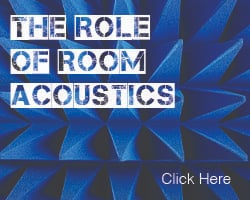
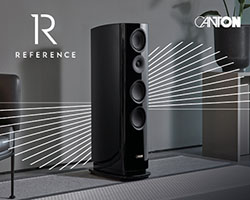
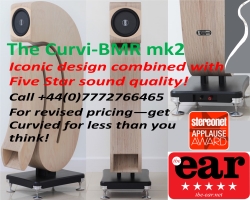





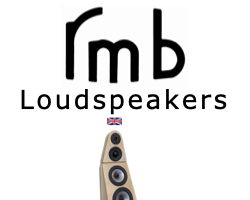
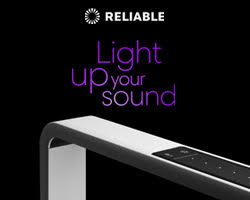

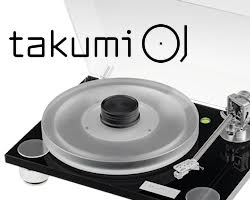


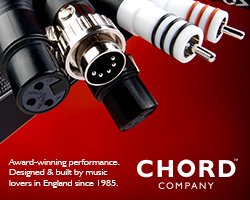
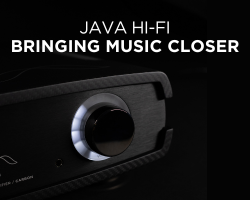

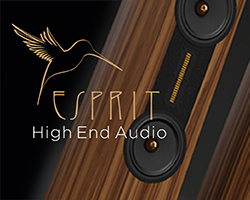
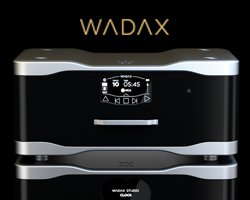
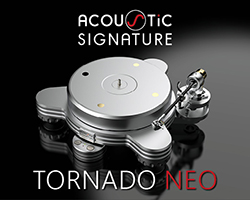
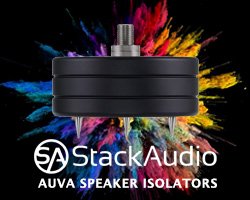
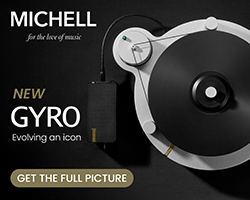
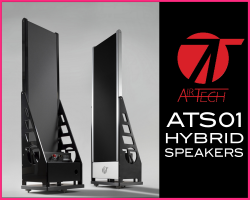



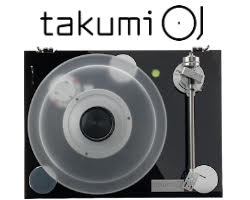
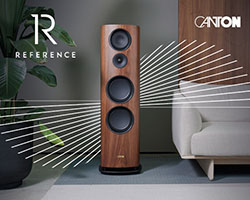
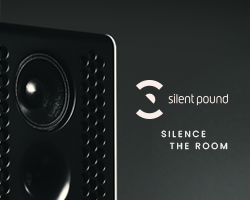

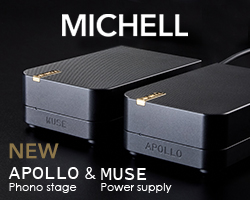
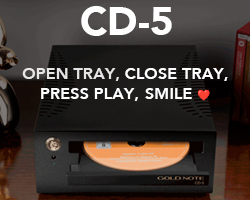
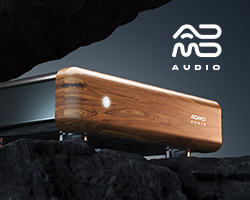




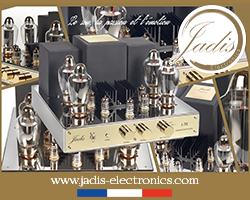
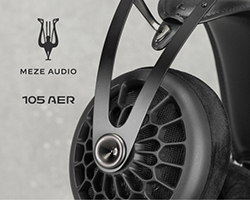



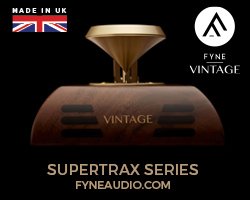
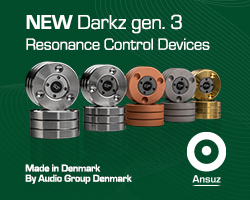
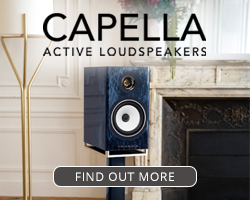

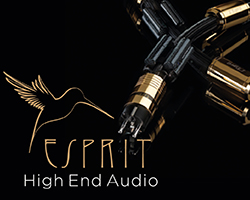
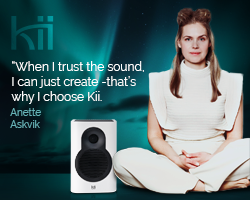
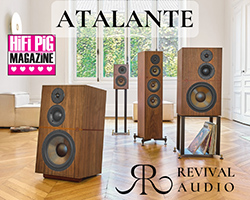
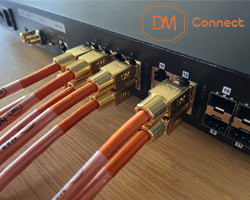

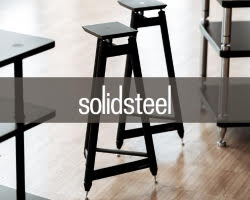
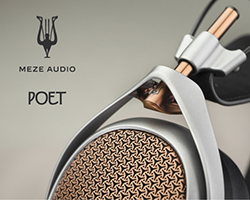

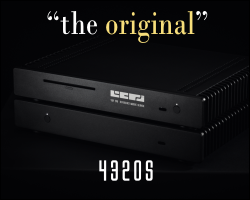

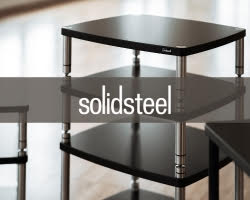



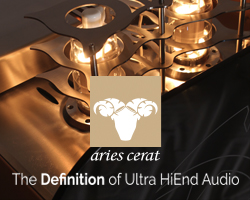
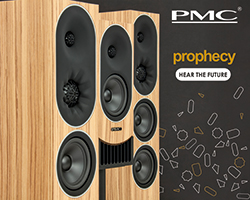


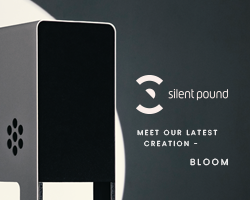
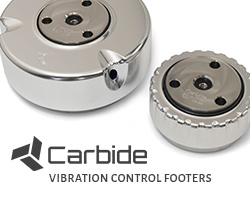


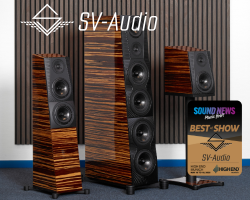

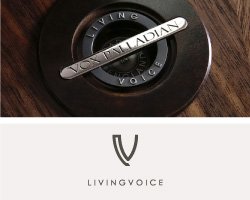

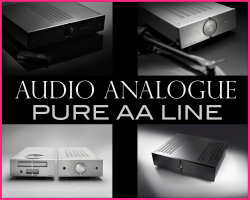
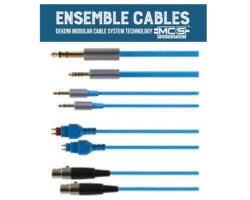
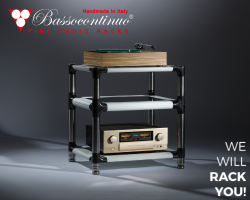
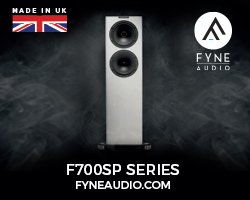


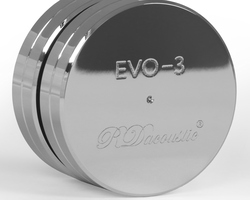
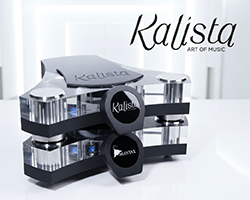



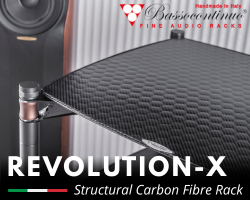
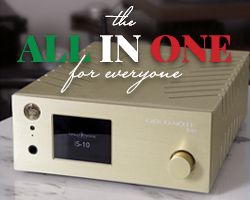

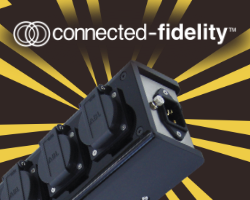
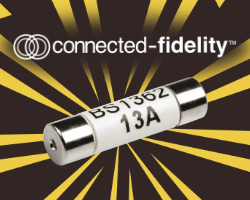





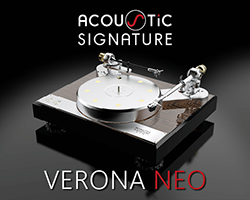

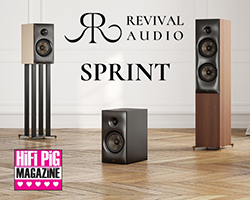
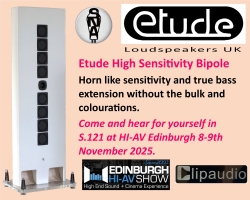

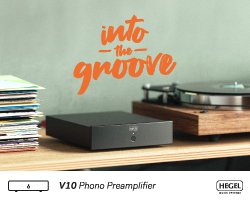

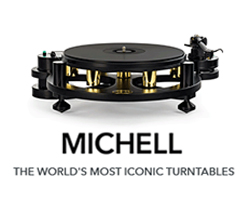






















































I’m sharing this on my Twitter… do you mind?
Not at all. Please feel free!